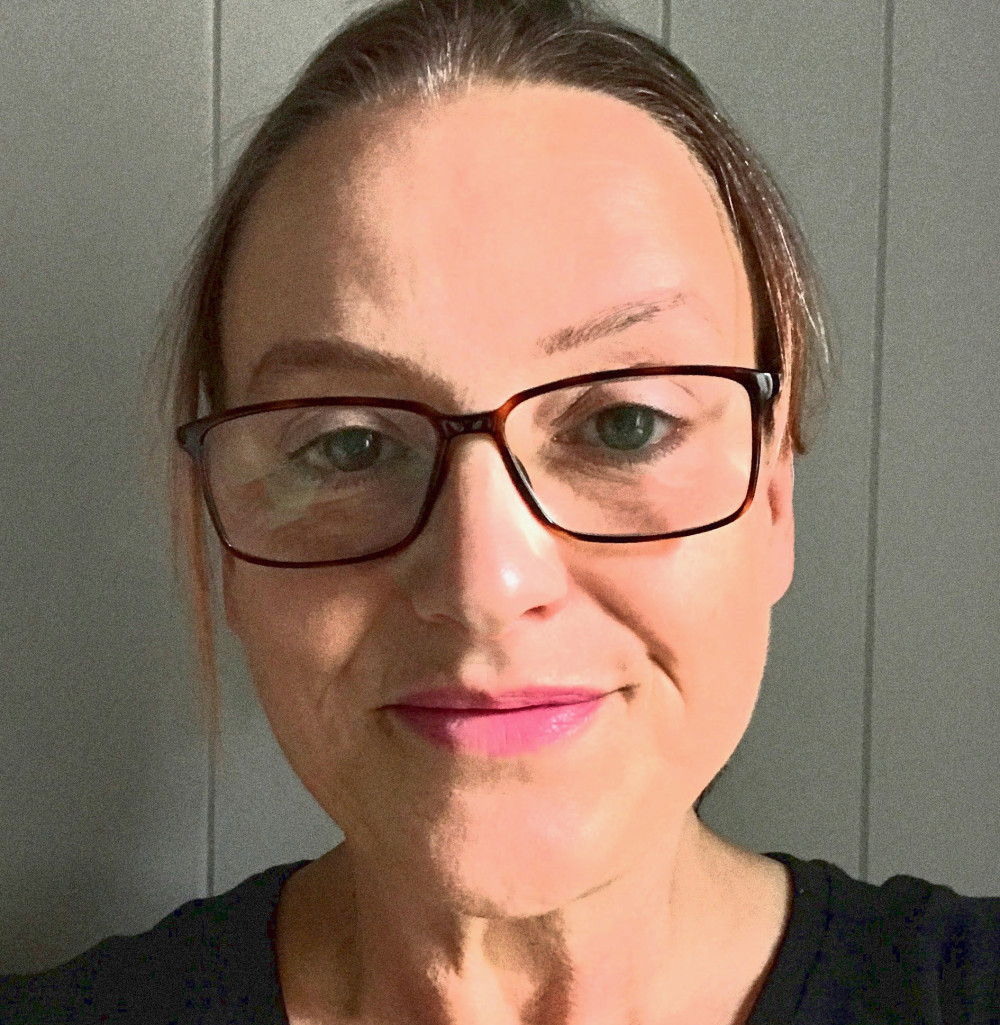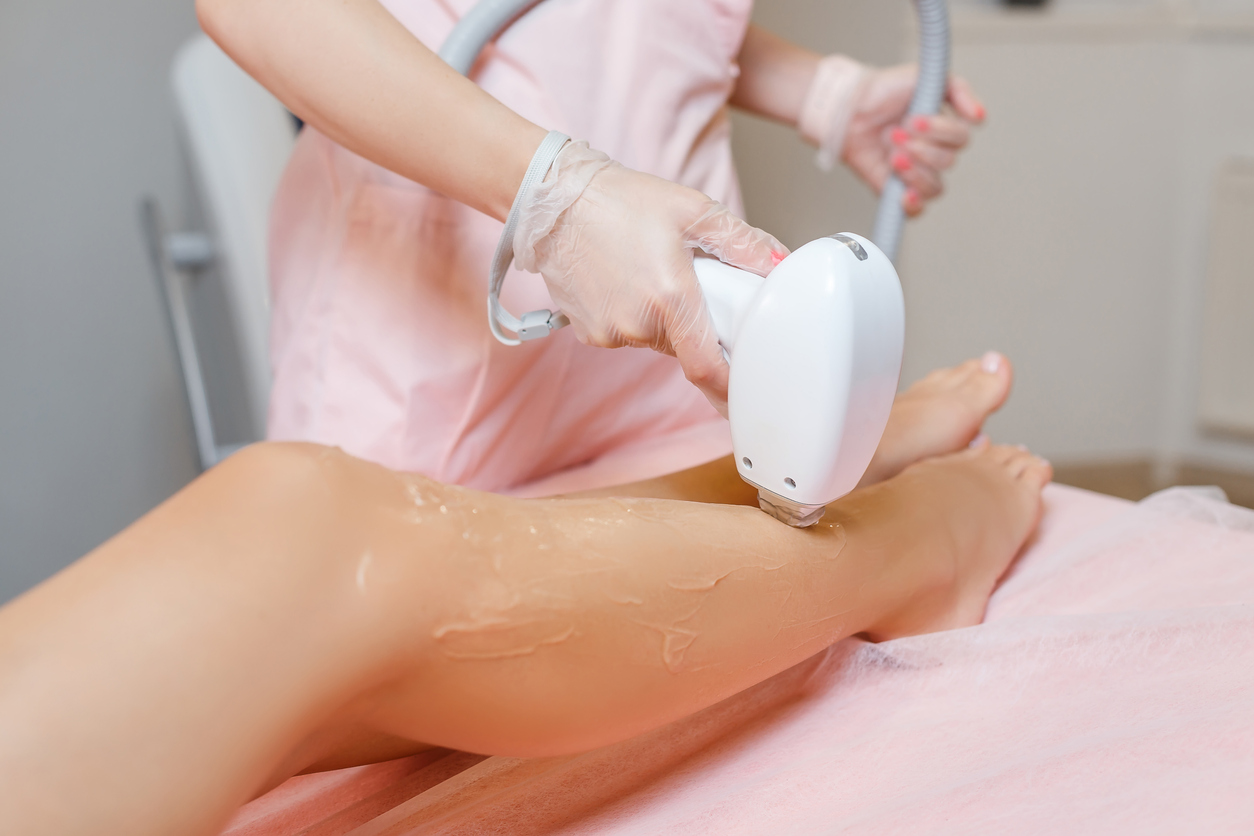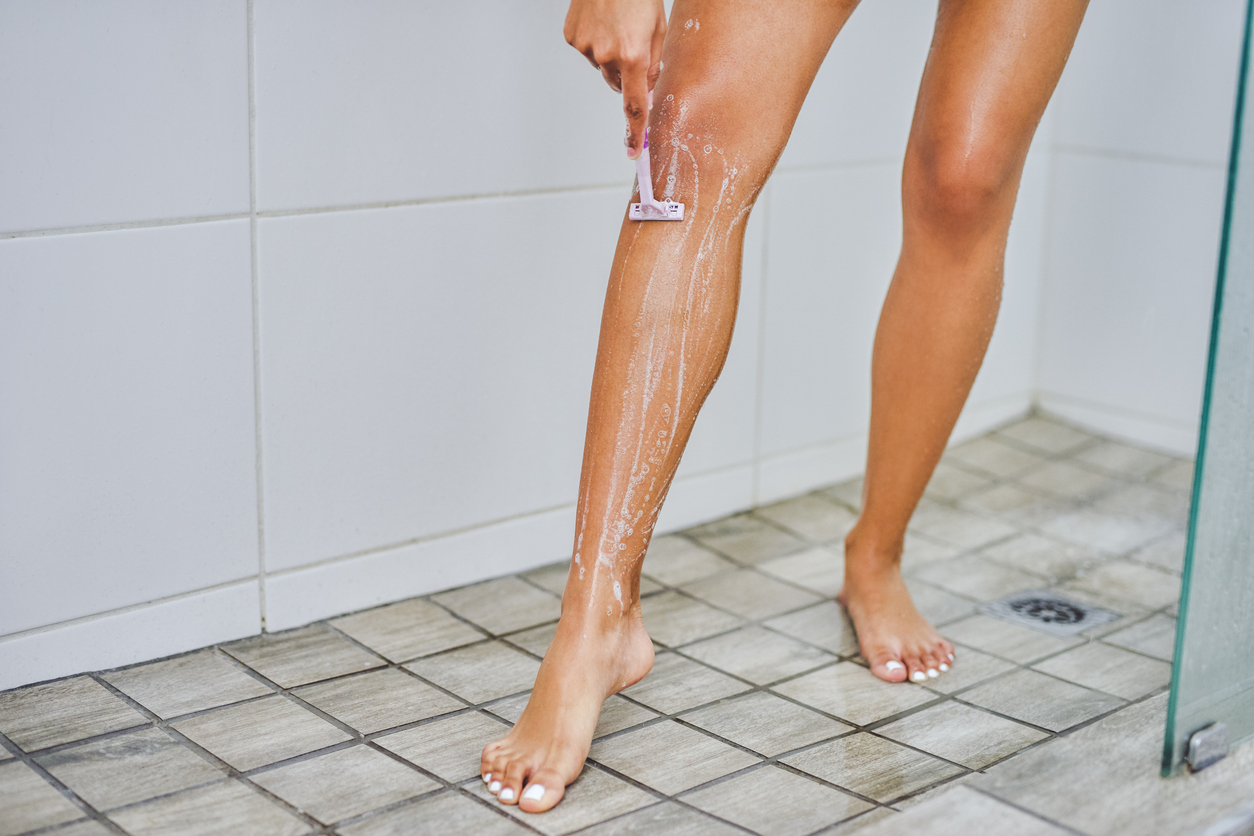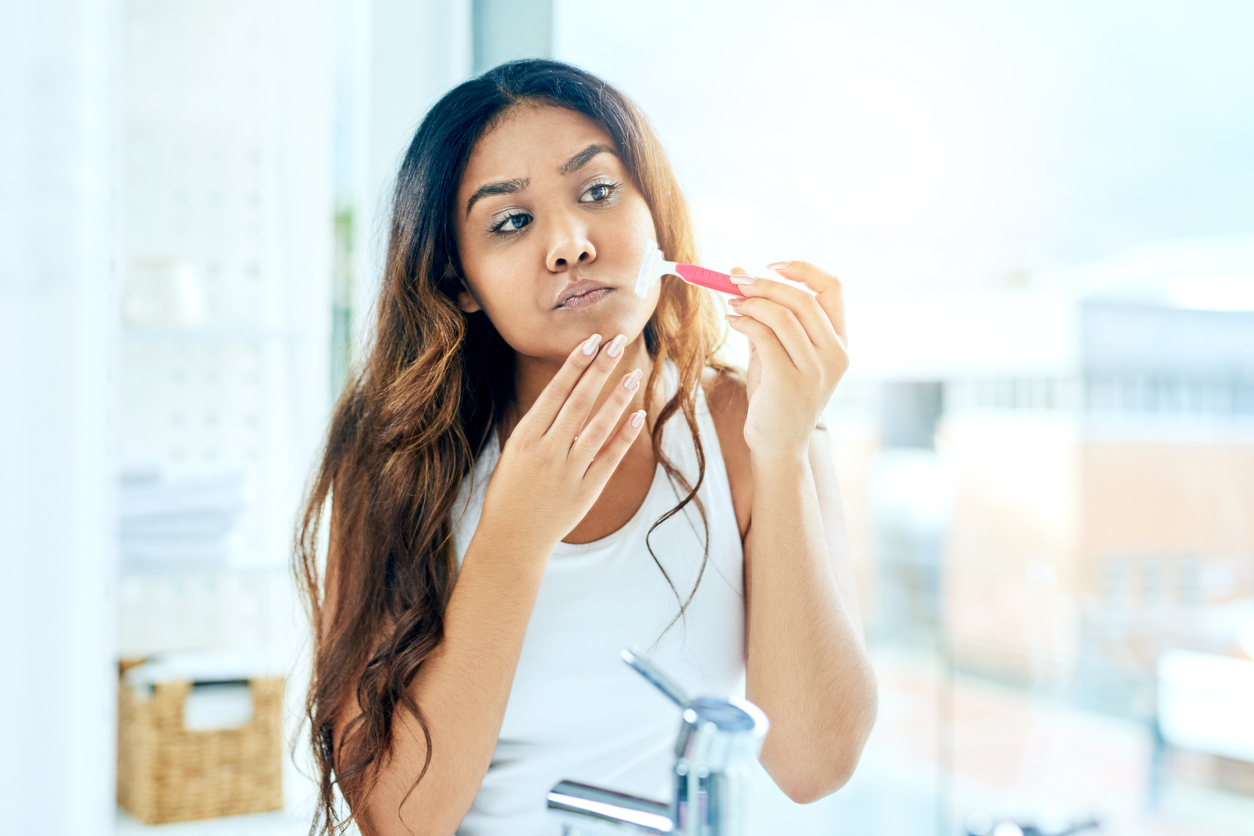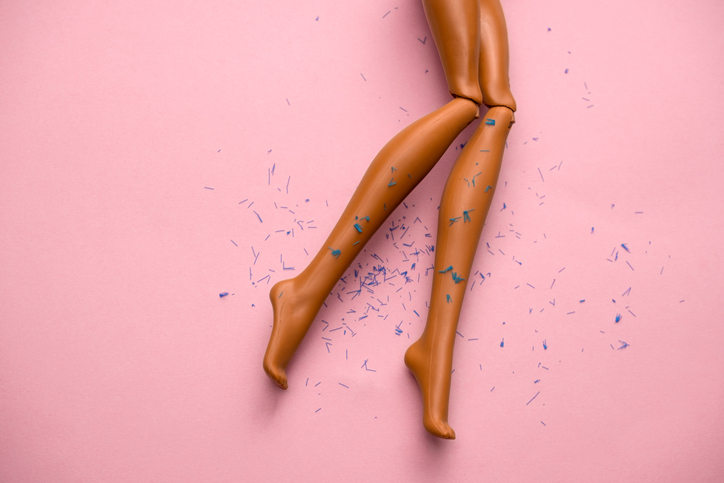Often thought of as something that only affects babies, milia are tiny white bumps (cysts) that appear on the skin, often around the eyes, nose, cheeks or chin.
Up to half of newborns have milia, but adults can get them, too. So read on to learn what causes them and what you can do about them.
What causes milia?
There are 2 types of milia – primary and secondary.
Primary milia form when tiny bits of old skin flake off and a substance called keratin gets trapped under the outer layer of your skin. This forms a cyst at the base of a sweat gland or hair follicle.
Primary milia usually appears on the face, particularly in newborn babies. About 80% of babies also get milia on their gums and the roof of their mouth, which are known as Epstein’s pearls or gingival cysts.
Secondary milia, on the other hand, can appear anywhere. They develop after something clogs your sweat ducts and can be the result of other skin conditions or skin damage, such as an injury or burn. They can appear if you have a tattoo or a cosmetic procedure, such as dermabrasion, a chemical peel or laser treatment.
Should I see a doctor about milia?
There’s no way to prevent milia, but they’re not usually a cause for concern. They’re harmless, and in babies they usually disappear within a few weeks or months of the birth. They can be more long-lasting in adults, however.
If you’re concerned about your baby’s milia or they haven’t cleared up within 3 months, check in with your doctor. It’s possible they have baby acne, which can look similar to milia.
If you have lots of milia bumps or they won’t go away, it’s also a good idea to see your doctor. In some cases they may refer you to a dermatologist or skin specialist to rule out any other conditions.

How are milia treated?
Milia don’t necessarily need treatment and will clear up on their own in a few weeks or months. But if you have persistent milia and would like to get rid of them, there are treatment options.
A dermatologist can remove milia, either with a tiny needle, a laser or a freezing treatment.
In adults, an at-home treatment sometimes used is exfoliation. Take care if trying this around your eyes – it might irritate the skin. Chemical peels are also sometimes used, but it's best to get advice from a doctor or dermatologist – peels may cause more milia to appear if they are too strong.
And don’t be tempted to squeeze milia – this can cause infection and scarring.
Key points
- milia are tiny bumps (cysts) on the skin
- newborn babies often have milia, which usually clear up within a month or so
- in adults, they can be caused by skin damage, tattoos or cosmetic treatments
- they don’t usually need treatment, but can be removed by a dermatologist

